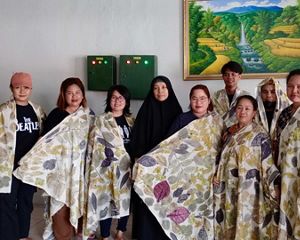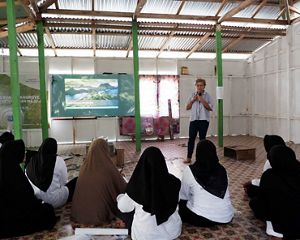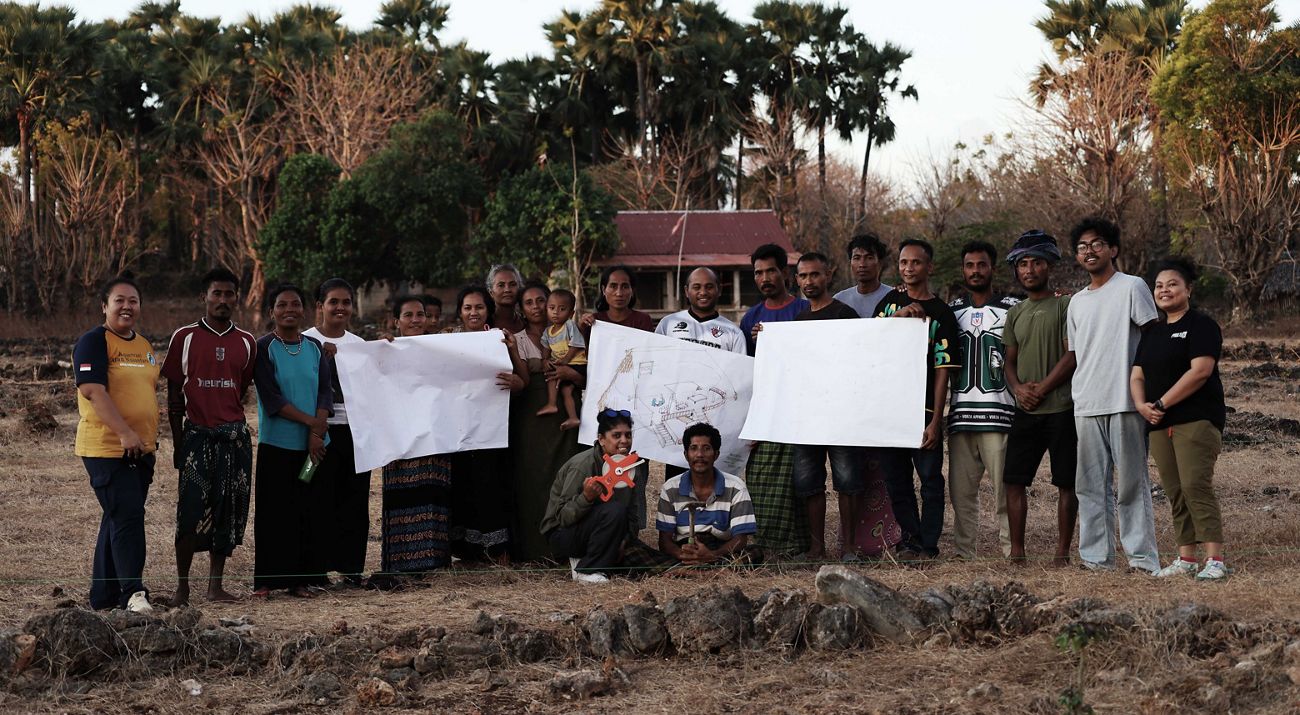
Bumi Ina Ama Tana: When the people of Sabu Raijua unite with nature
Cerita dari Liae dan Hawu Mehara, Nusa Tenggara Timur
Amidst the rapid pace of modernization that frequently erodes tradition and the urgent challenges posed by the climate crisis, the communities of Liae and Hawu Mehara sub-districts in Sabu Raijua, East Nusa Tenggara, have opted for a distinct approach. They are reviving local wisdom and fostering ecological awareness through a series of activities titled “Bumi Ina Ama Tana: Experiences, Nature, and Stories.”
Read: Being in The Wehea Protected Forest
This program, initiated by the Yayasan Konservasi Alam Nusantara (YKAN) in collaboration with the Institute for Resource of Governance and Social Change (IRGSC), involves the community in discussions, observations, and collective actions to formulate ways to protect the environment while strengthening food sovereignty as an adaptation to the climate crisis.
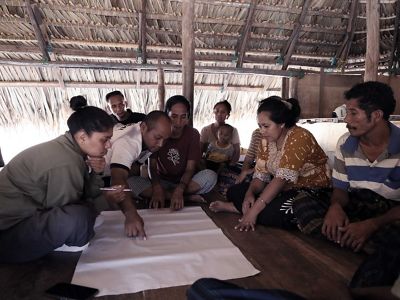
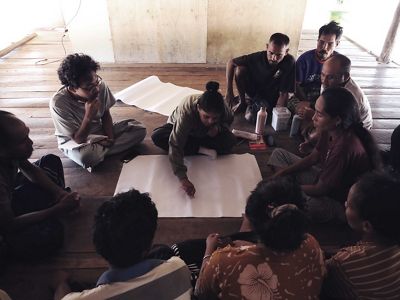
During the activities, residents were invited to walk through sacred forests, hold public discussions, and share intergenerational experiences. They recounted how nature once provided food, weaving materials, and maintained the balance of life.
From this process, two major initiatives were born:
- Liae Forbidden Forest__Food Forest in Liae, a forest garden that serves as a learning resource and a foundation for food security.
- Rumah Daon in Hawu Mehara, a community space to revive ikat weaving and develop innovations based on local resources.
This initiative transcends mere nostalgia for tradition; it represents a tangible endeavor to confront ecological challenges. Resilience flourishes when it is deeply intertwined with the community’s identity. This principle serves as the foundation for climate adaptation activities that empower communities in harmonious alignment with nature.
Through discussions and collective actions, the community has gained a profound understanding that climate change, water crises, and environmental degradation are interconnected issues that can only be effectively addressed through collaboration and cooperation.
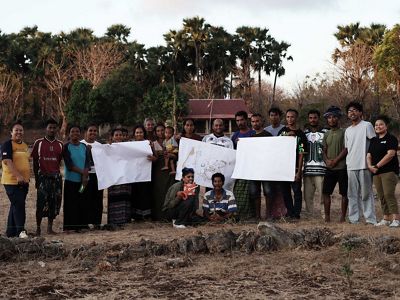
From these activities, a new narrative emerges, blending ancient stories with renewed spirit. Folklore, art, and visual works are used as media to strengthen ecological awareness.
This Community Gathering exemplifies how local communities can develop contextual solutions to the global climate crisis. By reviving local wisdom and solidarity, the people are writing a new chapter in their fight for ecological justice and strengthening their resilience against the changes underway.



